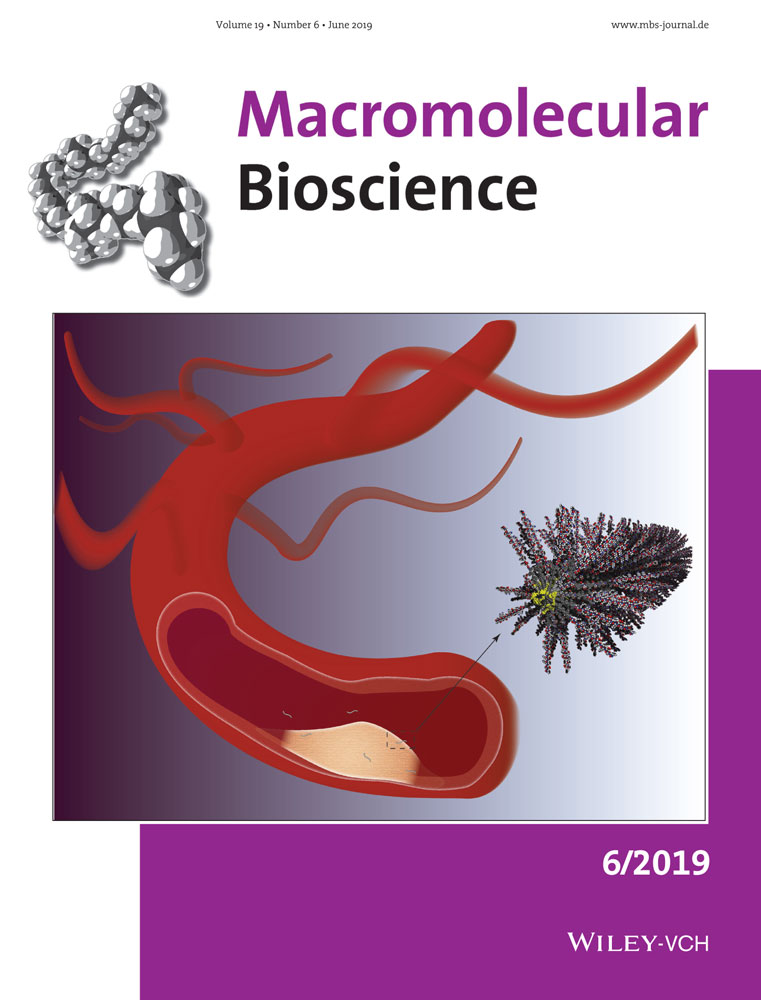Hybrid Pericardium with VEGF-Loaded Hyaluronic Acid Hydrogel Coating to Improve the Biological Properties of Bioprosthetic Heart Valves
Abstract
Bioprosthetic heart valves (BHVs) used in the clinic are mostly fixed by glutaraldehyde and the lack of endothelialization is a major problem for glutaraldehyde-fixed pericardia. Hyaluronic acid is a major glycosaminoglycan that exists in native heart valves. Coupled with its inherent biocompatibility, it may enhance endothelial adhesion and proliferation when associated with vascular endothelial growth factor (VEGF). In this study, an optimized system is developed to improve the endothelialization of glutaraldehyde-fixed pericardium. A hybrid pericardium with VEGF-loaded hyaluronic acid hydrogel coating is developed by the crosslinking of 1,4-butanediol diglycidyl ether. The adhesion and growth potential of human umbilical vein endothelial cells (HUVECs) on pericardia, platelet adhesion, and calcification by an in vivo rat subdermal implantation model are investigated. The results show improved HUVEC adhesion and proliferation, less platelet adhesion, and less calcification for hybrid pericardium by introducing the coating of VEGF-loaded hyaluronic acid hydrogel. Thus, the coating of VEGF-loaded hyaluronic acid hydrogel on pericardium is a promising approach to obtain bioprosthetic valves for clinical applications with increased endothelialization and antithrombotic and anticalcification properties.
Conflict of Interest
The authors declare no conflict of interest.




